This article was co-authored by Zora Degrandpre, ND. Dr. Zora Degrandpre is a Natural Health Doctor and Licensed Naturopathic Physician in Vancouver, Washington. She is a grant reviewer for the National Institutes of Health and the National Center for Complementary and Alternative Medicine. She received her ND from the National College of Natural Medicine in 2007.
There are 14 references cited in this article, which can be found at the bottom of the page.
wikiHow marks an article as reader-approved once it receives enough positive feedback. This article has 12 testimonials from our readers, earning it our reader-approved status.
This article has been viewed 439,737 times.
Athlete’s foot is a fungal infection that usually starts between your toes. It often causes itching, burning, scaling, peeling skin, discolored nails, and even blisters, which can spread to your hands if the infection is not treated. Luckily, there is an easy home remedy that will get rid of the fungus in a short period of time. Apple cider vinegar both relieves inflammation and pain and kills the fungus that causes athlete’s foot.[1] However, see your doctor if your infection doesn't improve with home care or if you have diabetes.
Steps
Using Apple Cider Vinegar Alone to Treat Athlete’s Foot
-
1Buy cloudy, 5% vinegar. The cloudy, brown film you see in some bottles of apple cider vinegar is called “the mother”, and it’s a good thing. It means the vinegar is of high quality, and contains extra healing nutrients that will make it even more effective.[2]
-
2Pour 2 to 4 cups of apple cider vinegar into a large bowl. You will want enough so that you can stick both your feet in. If more volume is needed, consider adding warm water, being sure to not dilute the vinegar beyond one part vinegar to one part water.[3]
- If you do not have apple cider vinegar, you can also use white vinegar.
Advertisement -
3Wash your feet before soaking them in the vinegar mixture. Rinse your feet with soap and water. Once your feet are scrubbed clean, dry them off with a towel or let them air-dry. If you choose to use a towel, make sure to wash it immediately after you use it so that it can’t spread the fungus to other parts of your body.[4]
-
4Soak your infected foot. Place your foot in the large bowl of vinegar mix. The acid of the vinegar will kill the fungus, as well as soften and break down the calluses it causes. If you want, you can use a washcloth to gently scrub the infected spot while your foot soaks in the mixture.
- 5% vinegar should not be too harsh for your skin. However, if you feel burning or a rash occurs, stop soaking your foot and add water to dilute the mixture.
-
5Let your foot rest in the solution for 10 to 30 minutes. You should do this two to three times a day for seven days. Once those seven days are up, continue to soak your foot for one to two times a day for three more days. After the 10 to 30 minutes have passed, take your foot out of the bowl and dry it.
-
6Apply vinegar directly to a very small infection. If your infected spot is very small, you can also dip a cotton ball or washcloth into the solution and rub the infected spot. Press the cloth on the fungus and hold it there for several minutes, then dip it back into the mixture and repeat. Do this twice a day for 10 to 30 minutes at a time.
-
7Use a moisturizer after treating your feet to minimize damage. The acid in vinegar can be hard on your skin. To protect it, consider applying a thin layer of moisturizer after treating your feet.
Using Apple Cider Vinegar Alongside Other Substances
-
1
-
2Alternate soaking in apple cider vinegar and hydrogen peroxide. Like apple cider vinegar, hydrogen peroxide is an effective antifungal.[7] Indeed, it is even stronger than vinegar, which is why it is best not to use it as a daily soak. Instead, alternate one day with apple cider vinegar and the next with 2% hydrogen peroxide.[8]
- Purchase 3% hydrogen peroxide.
- Dilute the hydrogen peroxide by adding water in a ratio of 2 parts hydrogen peroxide to 1 part water.
- If you experience burning or a rash, dilute the hydrogen peroxide further by adding more water.
- WARNING: Do not mix vinegar and hydrogen peroxide together, or treat your foot with one after the other. Mixing the two can form peracetic acid, a caustic chemical that can both burn your foot and damage your lungs through its fumes.[9]
-
3Apply colloidal silver after soaking your feet in apple cider vinegar. Colloidal silver (tiny particles of silver suspended in liquid) at a strength of 100 ppm (parts per million) is an effective antifungal and antibacterial agent. After you have soaked your feet in apple cider vinegar and dried them, apply colloidal silver solution to the affected areas and let it air dry.
- WARNING: Never ingest colloidal silver. It has no benefits and can build up in your skin causing permanent, bluish-gray discoloration.[10]
Preventing Athlete’s Foot from Returning
-
1Keep the infected site clean and dry. In between soaking your foot in the vinegar mix, make sure that the area stays clean and dry. The fungus that causes athlete’s foot loves moist areas, so having damp feet can mean that the infection will get worse or will come back.
- A great way to keep your feet dry is to wear socks made of natural fabrics or fabrics that wick moisture away from your feet. Change your socks if they get wet.
- Consider wearing sandals or flip-flops in hot weather.
- Wear shower shoes, flip-flops or sandals around pools, gyms, hotel rooms, and shower or locker areas.
-
2Wash your footwear. Fungus is a pesky organism that won’t go away without a fight. It stays in your shoes and on your towels after your infected foot has touched them. Because of this, it is important to disinfect anything that your foot has touched while it has been infected. Rinse your shoes (yes, even the inside) with water and let them air dry in the sun. After they have dried, sprinkle anti-fungal powder into them to make sure that the fungus doesn’t come back.
-
3Get shoes that fit properly. Athlete's foot occurs most often due to a combination of sweaty feet and tight-fitting, confining shoes.[11] Don’t buy shoes that feel too tight and hope they will stretch out. To prevent athlete’s foot, you want shoes that are both long and wide enough.
-
4Alternate the shoes you wear every day. This will ensure that your shoes are dry when you put them on.
-
5Disinfect your shower and bath. As mentioned above, this kind of fungus loves moisture. When you have athlete’s foot and take a shower, some of the fungus will stay in the shower, which means it can infect your foot again as soon as you take another shower. Because of this, you should disinfect your tub or shower. Put on some gloves and use bleach or apple cider vinegar to scrub the floor in your shower. Once you are done, throw the gloves and sponge you used to clean into the trash.[12]
When to Seek Medical Care
-
1Visit your doctor if your infection doesn’t improve after a week. You should start seeing some improvement within the first week of starting home treatment. If you don’t, contact your doctor to discuss other treatment options. Your doctor will examine your foot to make sure you have athlete's foot. Then, they’ll treat your condition.[13]
- Your doctor may decide to take a skin sample by scraping the rash. Then, they’ll look at it under a microscope to confirm your diagnosis.
-
2See your doctor immediately if you have diabetes and athlete's foot. Your doctor can check your feet to make sure that what you have is athlete’s foot and not a complication from your diabetes. Additionally, they can prescribe you an anti-fungal treatment that will help your infection heal faster, which will prevent possible complications. Since diabetes causes slow wound healing, it’s possible for an athlete’s foot infection to cause a secondary infection if it’s left untreated.[14]
- Your doctor may give you a prescription-strength antifungal cream. Additionally, they’ll likely have you come back in for a checkup to make sure your infection heals.
-
3Try an over-the-counter antifungal treatment if you haven’t already. Look for antifungal creams, ointments, powders, and sprays on the foot care aisle at your local drug store.[15] To apply a cream, coat the end of a cotton swab with the cream, then dab it onto the affected area. If you’re using a spray or powder, administer it directly onto the rash. Repeat as directed on the dosing instructions.[16]
- Make sure your read and follow all of the directions on the label.
-
4Use an antifungal cream if your doctor prescribes it. Usually, over-the-counter antifungal products can treat your infection. However, your doctor may prescribe a prescription treatment if your infection won’t go away. Apply your cream as directed by your doctor until your infection clears. Also, keep your feet clean and dry.[17]
- Read and follow all of the directions that come with your medication.
-
5Take an oral antifungal medication if you have a severe infection. In rare cases, your doctor may prescribe an oral antifungal medication for a persistent infection that doesn’t respond to other treatments. Make sure you take your medication as directed, and follow up with your doctor so they can monitor your recovery.[18]
- Your feet will heal faster if you keep them clean and dry.
- You likely won’t need an oral antifungal.
Warnings
- Only perform a vinegar soak if you have checked your foot and know for sure that you do not have any open wounds. The vinegar will cause a serious stinging sensation if it gets into an open wound.⧼thumbs_response⧽
- If you have tried using vinegar and your condition doesn’t seem to be improving after 2-4 weeks, talk to your doctor.⧼thumbs_response⧽
- Though it has been used to treat athlete’s food for centuries, there are no quality peer-reviewed studies measuring the effectiveness of vinegar as an antifungal. For best results, consider using an over-the-counter antifungal cream or spray.[19]⧼thumbs_response⧽
References
- ↑ http://www.earthclinic.com/cures/athletes_foot.html
- ↑ http://www.vinegar-home-remedies.com/athletes-foot.html
- ↑ http://www.michaelandjudystouffer.com/judy/articles/toenailfungus.htm
- ↑ http://www.medicinenet.com/athletes_foot/page4.htm
- ↑ http://www.ncbi.nlm.nih.gov/pmc/articles/PMC3758027/
- ↑ http://www.ncbi.nlm.nih.gov/pmc/articles/PMC1785201/
- ↑ http://www.ncbi.nlm.nih.gov/pmc/articles/PMC2364421/
- ↑ http://www.michaelandjudystouffer.com/judy/articles/toenailfungus.htm
- ↑ http://www.michaelandjudystouffer.com/judy/articles/toenailfungus.htm
- ↑ https://nccih.nih.gov/health/silver
- ↑ http://www.earthclinic.com/cures/athletes_foot.html
- ↑ http://www.medicinenet.com/athletes_foot/page4.htm
- ↑ https://www.mayoclinic.org/diseases-conditions/athletes-foot/symptoms-causes/syc-20353841
- ↑ https://www.mayoclinic.org/diseases-conditions/athletes-foot/symptoms-causes/syc-20353841
- ↑ https://www.mayoclinic.org/diseases-conditions/athletes-foot/diagnosis-treatment/drc-20353847
- ↑ https://www.medicalnewstoday.com/articles/261244.php
- ↑ https://www.healthlinkbc.ca/health-topics/hw28392
- ↑ https://www.mayoclinic.org/diseases-conditions/athletes-foot/diagnosis-treatment/drc-20353847
- ↑ http://www.ncbi.nlm.nih.gov/pubmedhealth/PMH0072730/
About This Article
To use apple cider vinegar for athlete’s foot, fill a large bowl with the vinegar and leave enough room to stick both of your feet in. Wash your feet first, then soak them in the vinegar for up to 30 minutes for the best results. For a small spot of athlete’s foot, dab a small amount of the vinegar directly onto the spot and leave it for 30 minutes twice a day. Dry your feet after you soak or apply the vinegar. Keep the fungus from returning by keeping your feet clean and dry. For helpful tips from our Medical co-author on how to keep athlete’s foot from returning, keep reading!

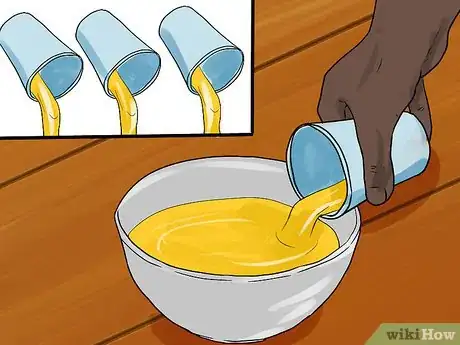
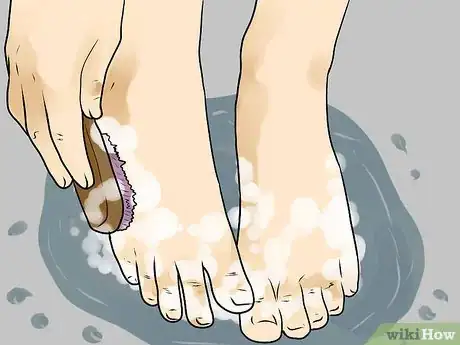
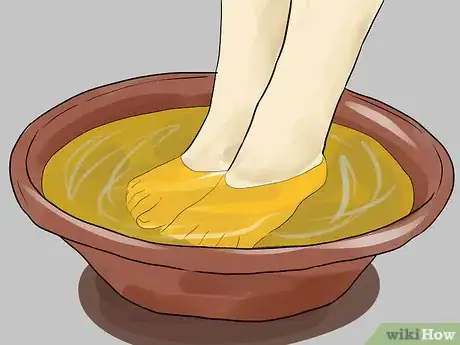

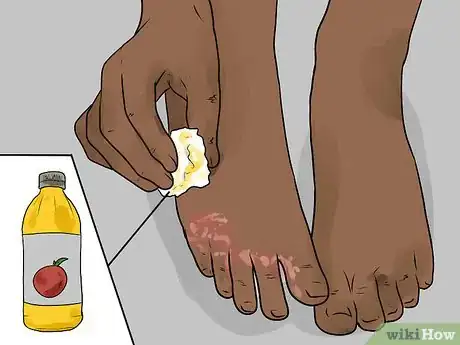
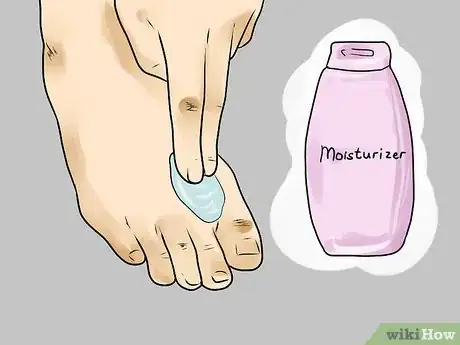
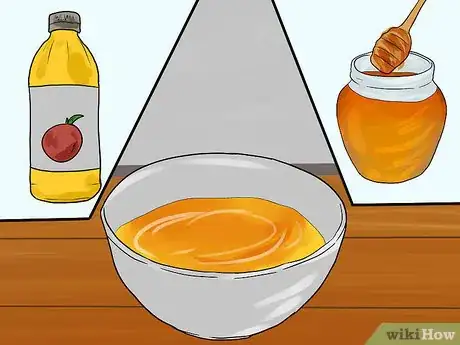
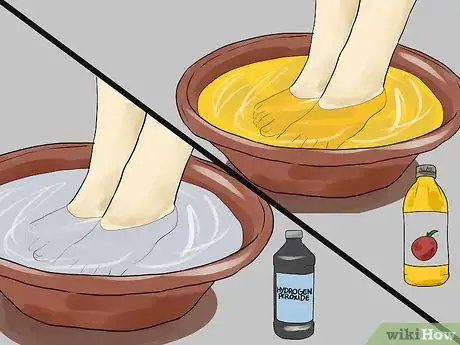
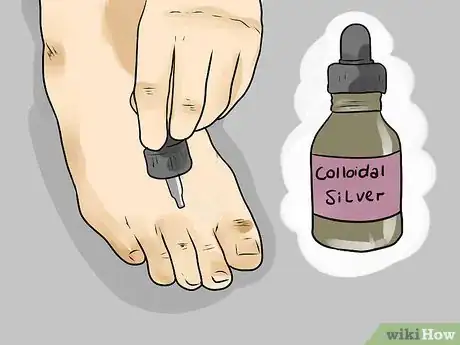
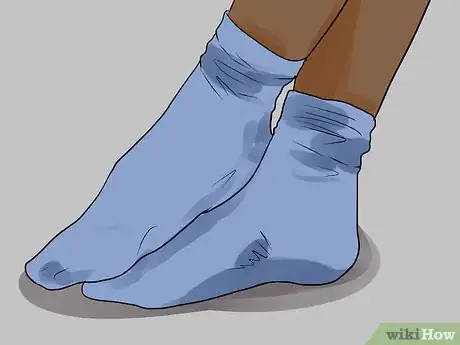
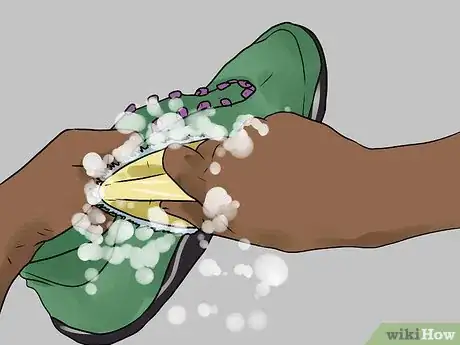
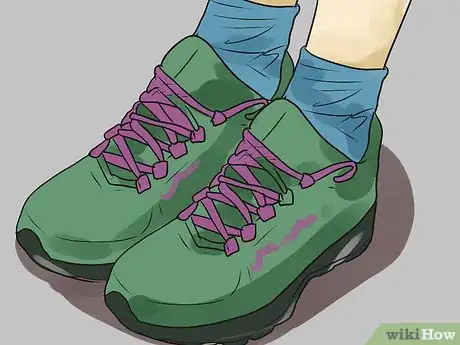
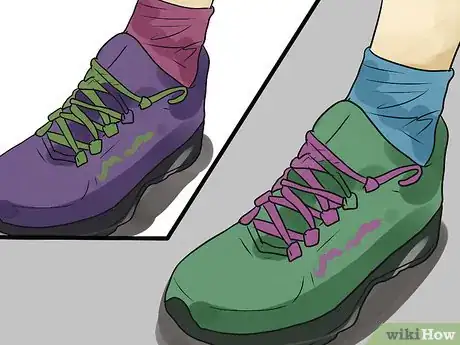
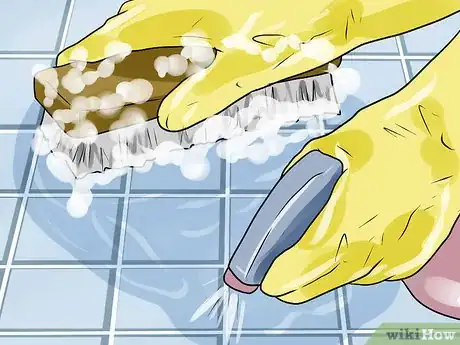


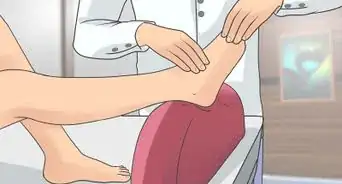
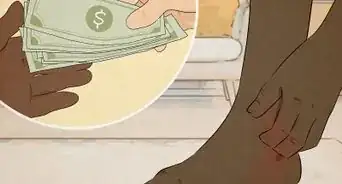

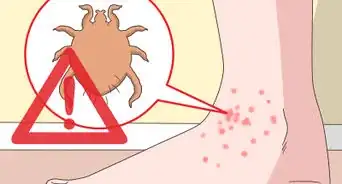






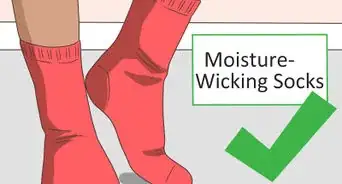
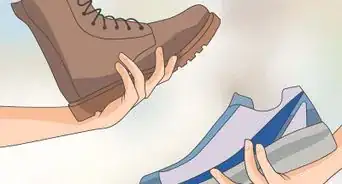












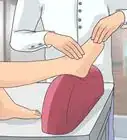




































Medical Disclaimer
The content of this article is not intended to be a substitute for professional medical advice, examination, diagnosis, or treatment. You should always contact your doctor or other qualified healthcare professional before starting, changing, or stopping any kind of health treatment.
Read More...